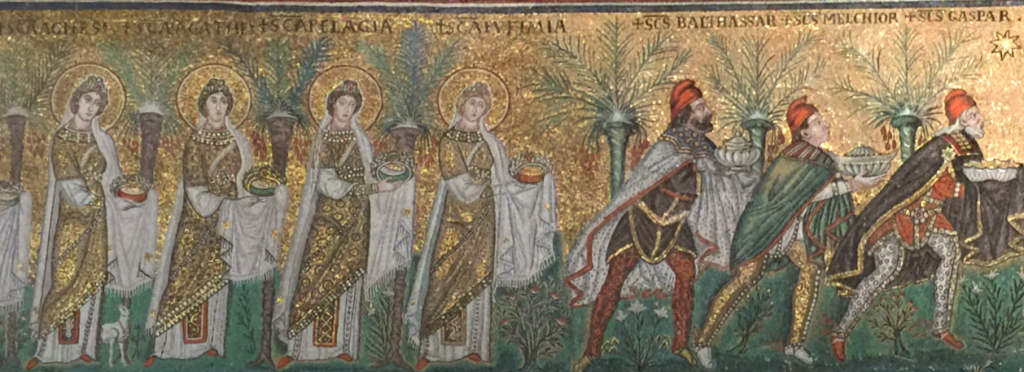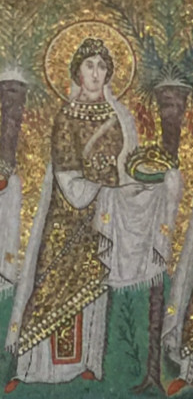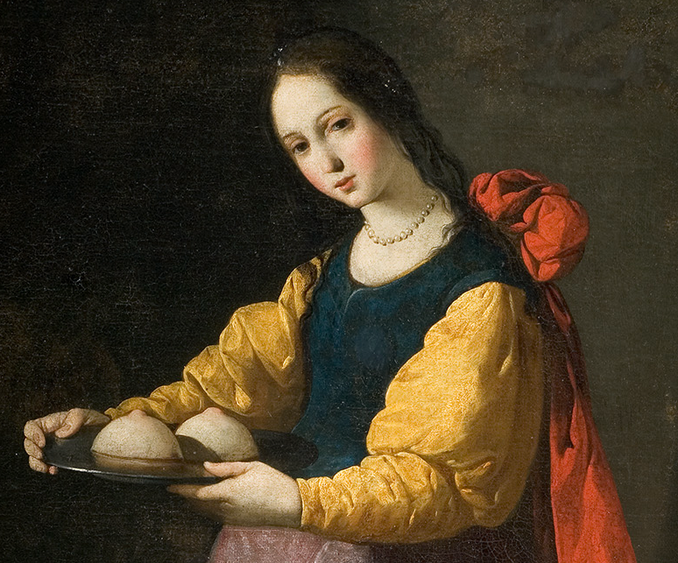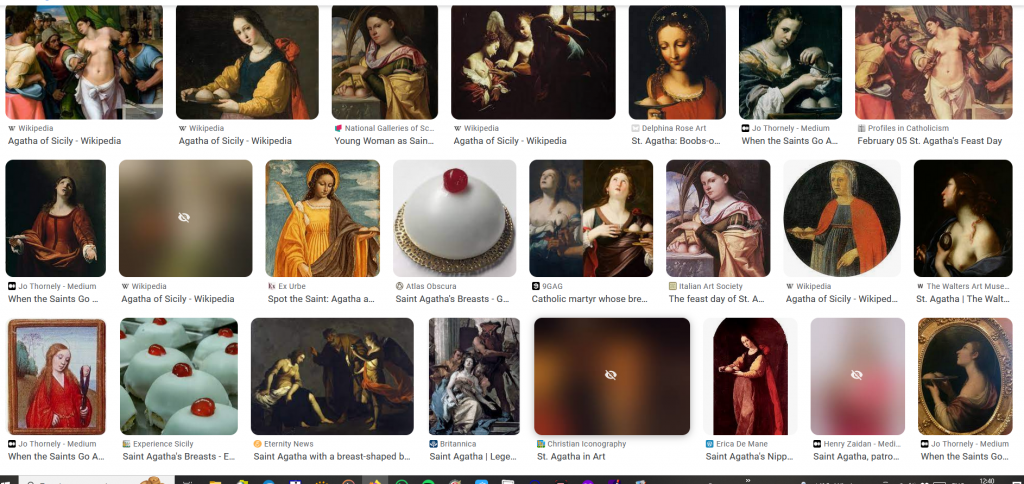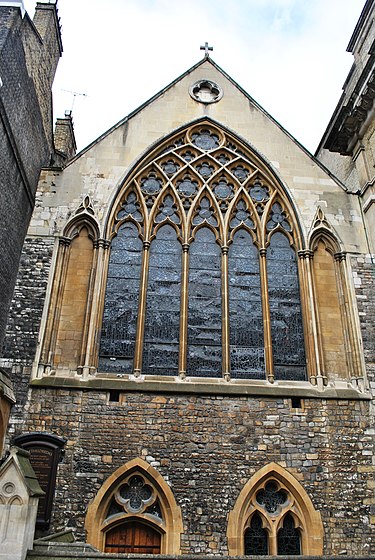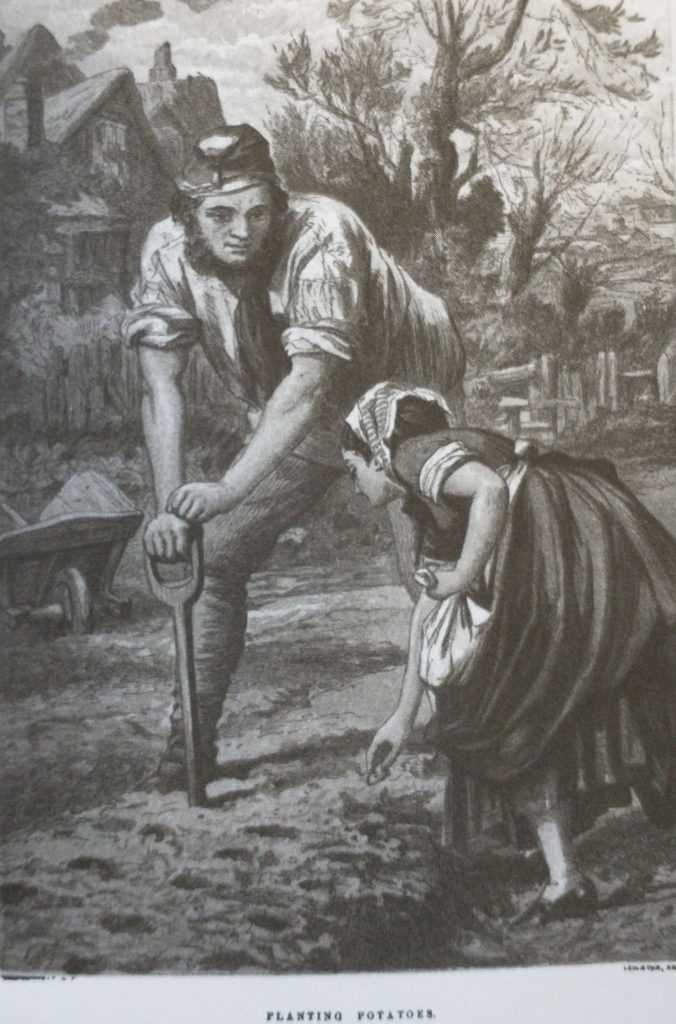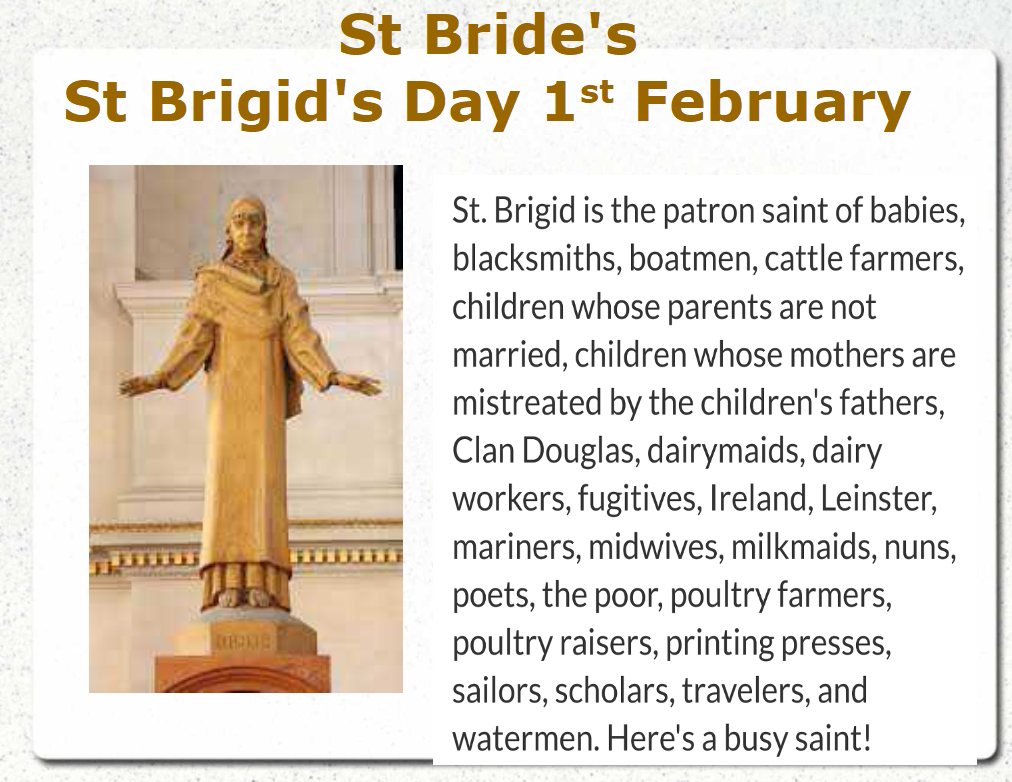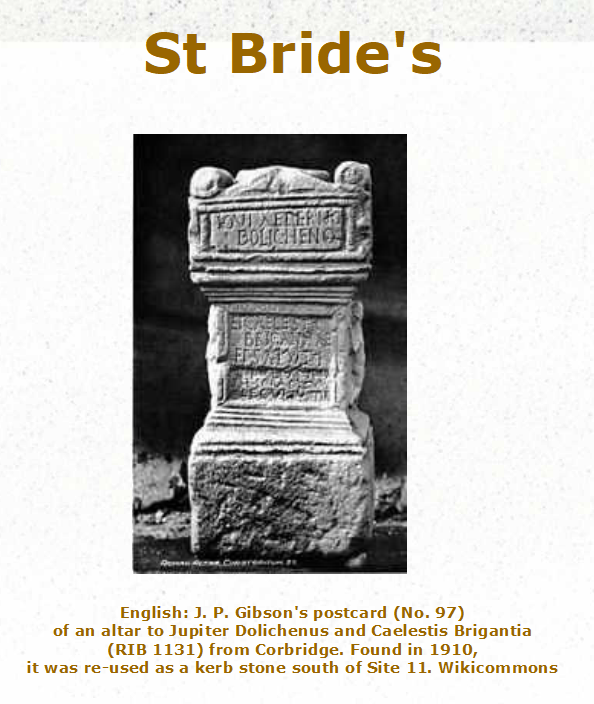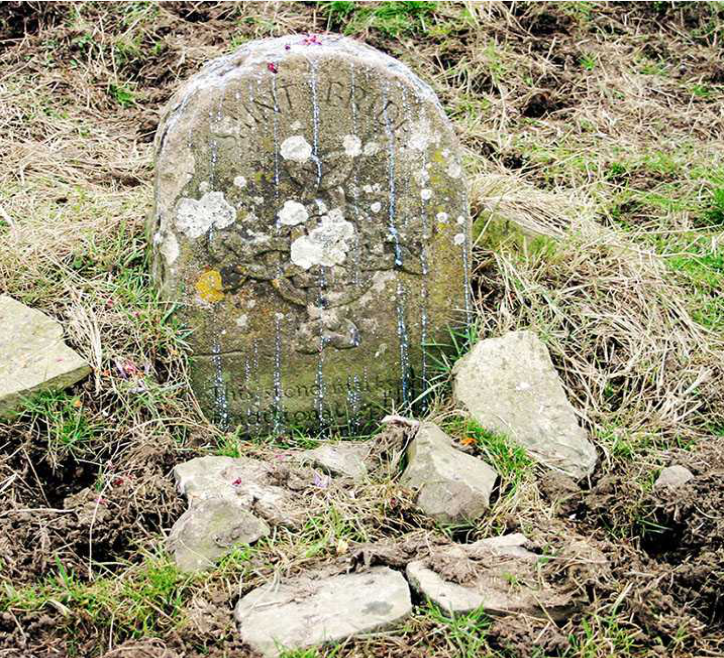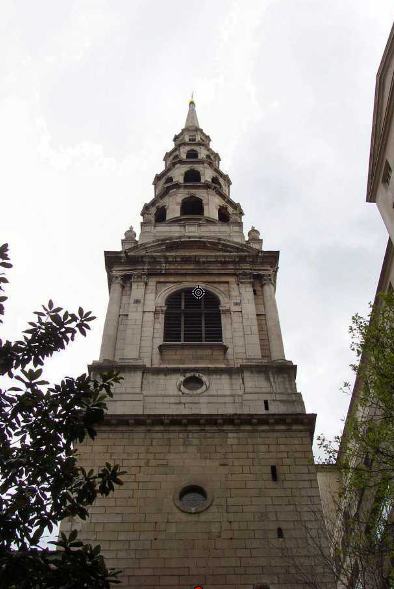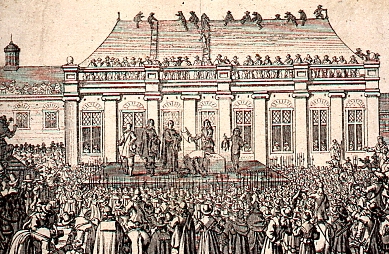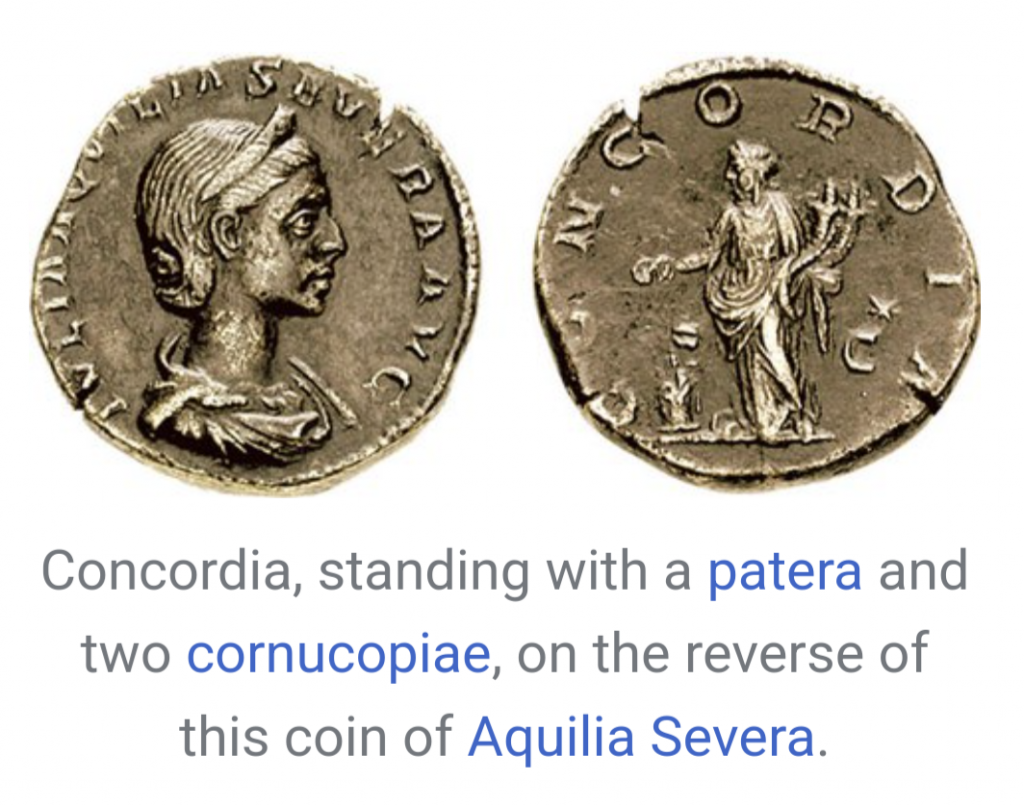
I have long had an interest in Almanacs and Calendars in different cultures, whether it be Egyptian, Greek, Julian or Gregorian, Roman, Christian, Celtic, Jewish, Chinese, French Revolutionary, or Legal, Mayoral, Academic, Theatrical, etc. But, for some reason, I never got very far into the Anglo-Saxon year, only delving a little into Norse legends but not with any confidence.
So, when I saw the front cover above appear on an Anglo-Saxon Facebook page, I bought the book immediately. When it arrived a couple of days ago, I was initially disappointed as I had hopes of a day by day almanac-type presentation which I could mine, conveniently, for this, my Almanac of the Past.
However, reading it properly, I think it is an excellent book. What I like it is that it has a poetry about it, and, for a non-Old- English speaker, it really gives some understanding of the language.
Anyway, the point of this post is that, for the Anglo-Saxons, winter was over on the 7th February, and we are now in the season of ‘lencten’ which probably comes from ‘lenghtening days’ and which is Spring as we call it. The word eventually got absorbed into the Christian calendar, giving us the name of the fasting season which is ‘Lent’.
So Winter began on 7th October and ended on the 7th February. January was ‘Gēola‘ the month of Yule and February ‘Sol-mōnaþ‘ Mud month which Bede calls the ‘month of cakes’ which they offered to their gods in that month’.
The Venerable Bede says that before conversion to Christianity the Anglo-Saxons had two seasons of Winter and Summer. Winter began on the first full moon of October which they called Winterfylleth. The summer was called ‘sumor’ or ‘gear’ (which developed into our word ‘year’.
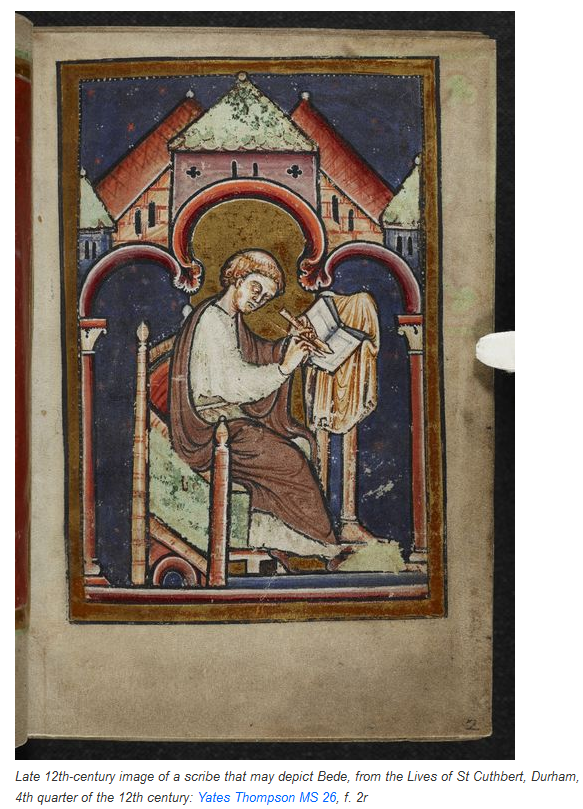
There is some sense in this as by February 7th, lambs are being born and many buds and shoot are appearing on branches and poking up from the cold earth. So, their winter is essentially, the time when nothing is growing, while ours is more aligned to the coldest period. Similarly, the Celtic year begins on Halloween, and the spring begins with Imbolc on the 1st February.
Marcus Terentius Varro wrote about the Roman year, dividing it into 8 phrases and his spring began also on 7th February. This is when the west winds began to blow warmer weather and so farmers ‘purged’ the fields, readying them for planting. They would be cleared of old growth and debris, blessed, weeded, pruned with particular attention given to preparing the grain fields, the vineyards, olive trees and fruit trees.
In the section on Winter Eleanor Parker gives a poetic description of winter. What seems particularly interesting about it is that the harshness of winter is often paired with what seems to be descriptions of the ruins of Roman Civilisation. So, the despair of winter, the barren soil, the fight for survival is made more melancholic by the comparison to failed civilisation and nature battering away at the useless ruins, and the destruction of people’s dreams.
Here, is a flavour of the juxtaposition of the bleakness of winter and the sadness of lost society, from ‘The Wanderer’ an alliterative poem from the Exeter Book, dating from the late 10th century. I have presumed to change a couple of words to make it a little more accessible.
Who’s wise must see how ghostly it has been
when the world and its things stand wasted —
like you find, here and there, in this middle space now —
there walls totter, wailed around by winds,
gnashed by frost, the buildings snow-lapt.
The winehalls molder, their Lord lies
washed clean of joys, his people all perished,
proud by the wall. War ravaged a bunch
ferried along the forth-way, others a raptor ravished
over lofty seas, this one the hoary wolf
broke in its banes, the last a brother
graveled in the ground, tears as war-mask.
“That’s the way it goes—
the Shaper mills middle-earth to waste
until they stand empty, the giants’ work and ancient,
drained of the dreams and joys of its dwellers.”
Translation Dr. Aaron K. Hostetter.
As I read this I wonder if it is a tradition that began in the cold of Scandinavia as England, at least Southern England, is more often mild than ferocious?
However, there is also an idea about the circularity of life and the interconnectedness of everything. There are 4 Seasons, 4 Ages of Man, and the cycle was from childhood to old age, from Spring to Winter. We start young, and become vigorous, and then we decline and eventually die. And so does the world of the Anglo-Saxons. The world of Adam was young, restored to vigour by the coming of Jesus, and was now in its old age awaiting the Apocalypse, before the Day of Judgement. So Winter was connected with Old Age and Death.
Parker recounts a beautiful image of Bede’s. The King of Northumberland is thinking of taking his wife’s religion, and has invited the Christian, Paulinus to his court. Inclined to convert, he asks the opinion of one of his pagan advisers, who answers to the effect.
‘We are in the Great Hall, gathered warm with friends and family around the roaring fire, with Winter raging outside. A sparrow comes in from a hole in the end wall, flies through the warm of the Hall, and flies out through the other side. Such is life. The Hall is this world, we are the Sparrow, and as pagans we have no idea what happens before we enter the Hall, nor what happens after we leave. How much better it is to embrace a religion that can give us certainty as to what happens when we leave the hall.’
We have also seen that the Kalendar of Shepherds also takes this idea of the year mirroring life. The Kalendar takes the span of Man to be 72 years, divided into 12 ages of 6 years. January represents unproductive childhood from years 0 – 6. February represents the time when children begin to learn and become able to be productive, 6 -12. And so on.
First published in February 2023, republished on 7th February 2024






